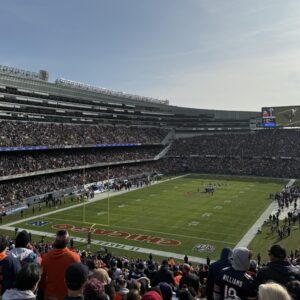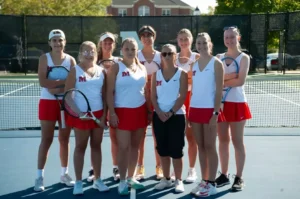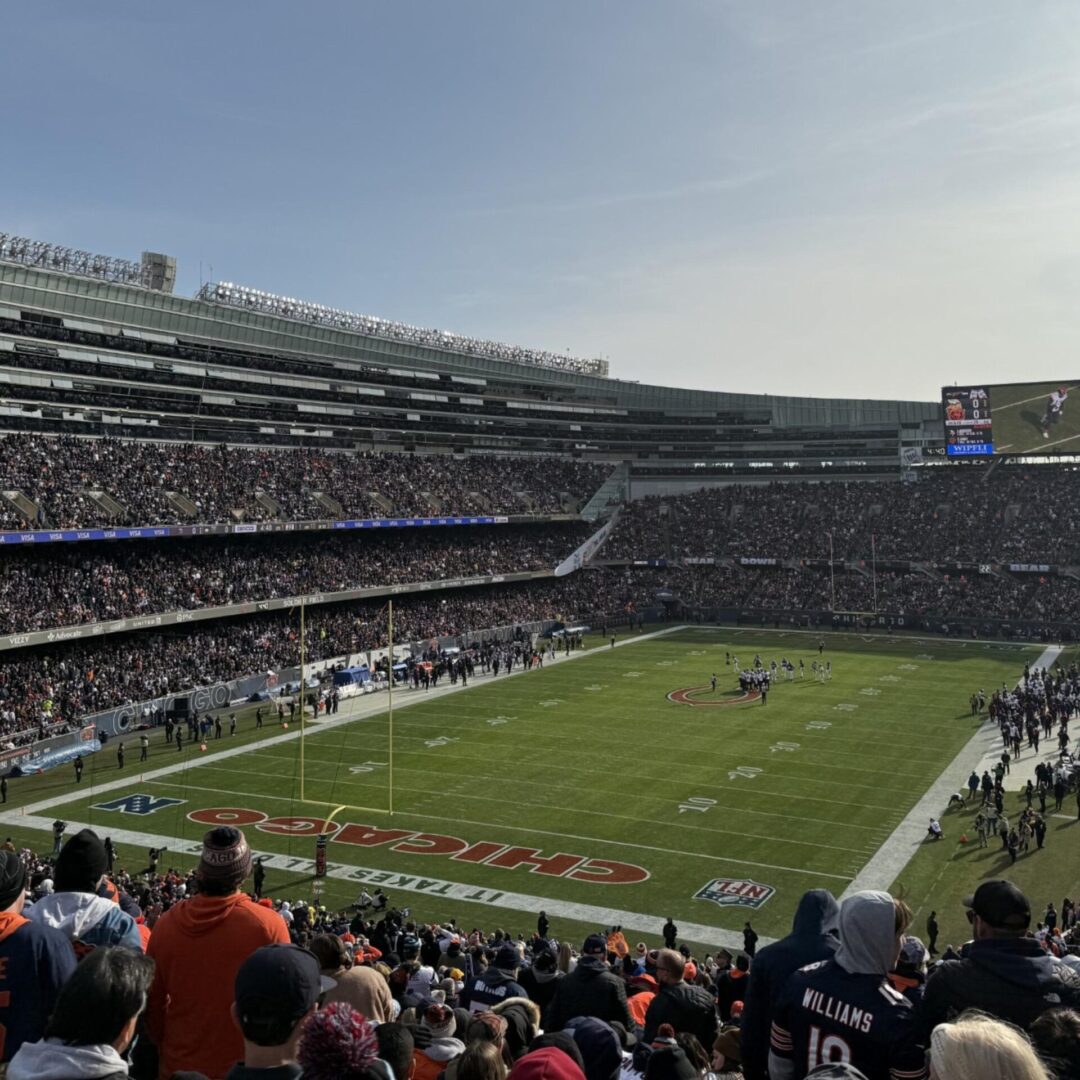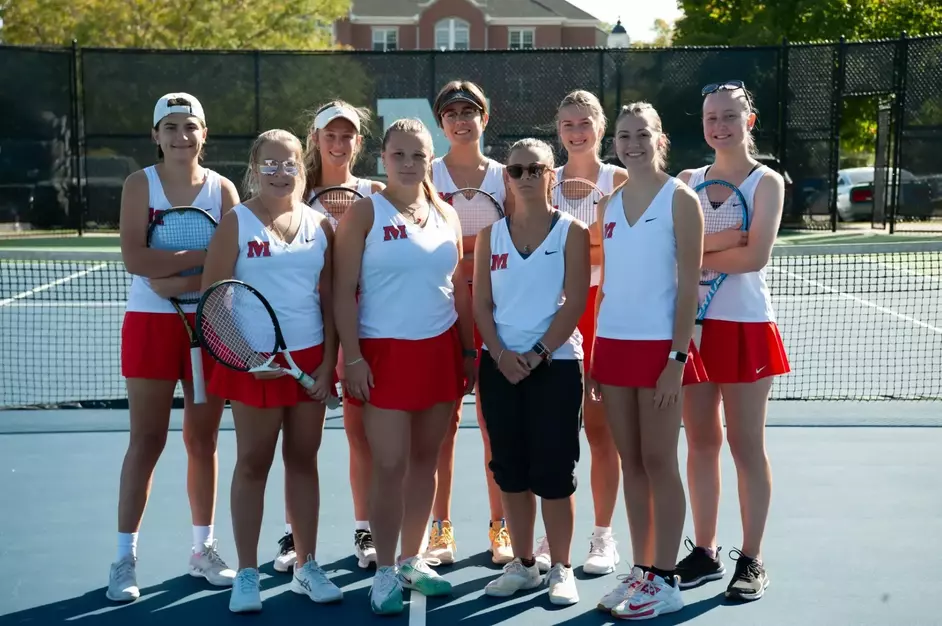High school athletes across the country will soon feel the heat when teams begin practices for several sports, including football, cross country and soccer.
While student athletes and coaches are anxious to get the season under way, experts say it’s important to stay safe, especially when it comes to practicing during the grueling August temperatures.
“The summer heat is very dangerous for so many different reasons, and it is important to know and identify those risk factors associated with heat related illnesses, particularly the athletes, their coaches and the staff who work with them,” says Faheem Ahmad, MD, a family practice physician with OSF HealthCare, who completed a fellowship in sports medicine.
According to the National Center for Catastrophic Sport Injury Research, heat stroke is the third-most common cause of sudden death among high school athletes behind cardiac arrest and traumatic brain injuries.
Dr. Ahmad says athletes can experience anything from feeling tired from heat exhaustion to symptoms of heat stroke, which can include fainting, loss of consciousness and a body temperature above 103.
“Other signs include having headaches, feeling nausea, pains in the body, muscle cramps and then dry mouth is also one of the signs because dehydration and heat illness go hand in hand,” he says.
It’s also important to stay properly hydrated. Working out for more than an hour? Frequent water breaks are necessary and so are sports drinks. “I usually recommend sports drinks, because they do have the electrolytes required for you to replenish, because you lose sodium and other electrolytes when you sweat,” he says. He added that it’s important to hydrate four hours before a game or practice and continuing throughout the event.
But it’s not just the heat student athletes have to contend with over the next month. Injuries such as ankle sprains, pulled muscles and broken bones are another potential hazard as teams prepare for the upcoming season. In the U.S., more than 3.5 million injuries occur each year among the 30 million children and teens who participate in some form of organized sports.
“There is an increased incidence of ACL ruptures and ankle injuries, whether it be the ATFL (anterior talo-fibular ligament), which is one of the ligaments in the ankle. They tend to be injured more and require more intervention from medical personnel during the summer,” says Dr. Ahmad.
Regardless of the sport or activity, Dr. Ahmad says it’s important to have an emergency plan in place that everyone involved is familiar with. Emergency situations can happen at any time during practices and games. Knowing what to do and how to respond quickly, he says, are critical in giving athletes the best possible care in emergency situations.
“As an athlete, coach or trainer, you have to know the risk factors associated with all these conditions,” he says. “If you know that the UV index is going to be high, if you know the temperature in the dry air is going to be high, if you know that you are going to have a very humid day, try to avoid peak times for that day, because the peak of those temperature and risk factors will cause damage.”
Dr. Ahmad says the bottom line is this: don’t over train, know your limits and pay attention to any early symptoms of a potential health issue, whether it’s a headache, weakness, tingling or numbness. If you have any concerns, talk to your coaches and trainers as soon as possible.
The American Red Cross offers the following tips:
- Learn CPR, how to use an AED and how to treat heat cramps, heat exhaustion and heat stroke.
- Schedule practices early in the day or later in the evening and not during the hottest times of the day.
- Lower the intensity of practices until the athletes get used to the heat.
- Make sure players drink plenty of water to avoid muscle cramping or heat-related illness. Fluids should be consumed frequently during strenuous activity and within a half hour of training.
- Include warm-ups before strenuous exercise to help prevent injury.
- Plan frequent and longer breaks. Ideally, pause practice every 20 minutes for athletes to drink fluids and rest in the shade if possible.
- Reduce the amount of heavy equipment athletes wear in the extremely hot weather. Encourage lightweight, light-colored cotton T-shirts and shorts.
- Use the buddy system to encourage athletes to drink water and watch for signs of illness in their teammates.
***Courtesy of OSF HealthCare***














